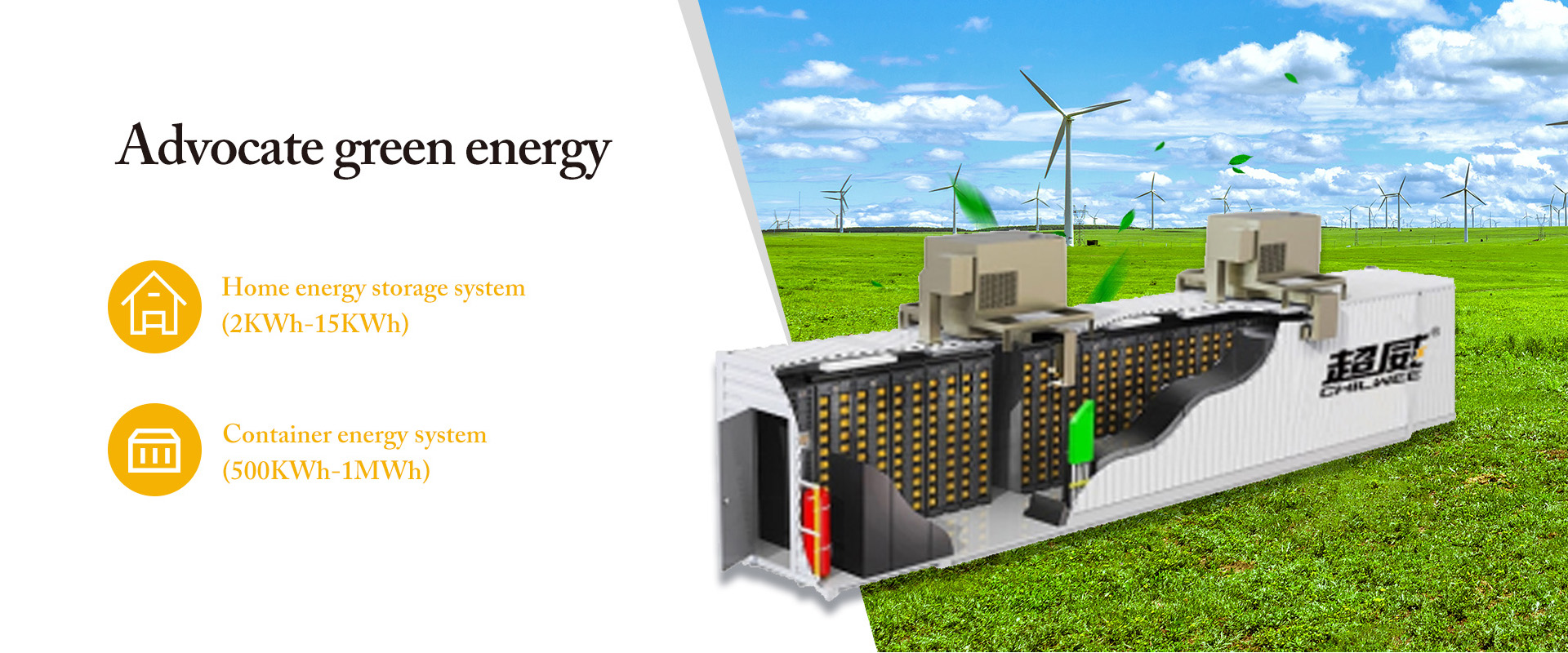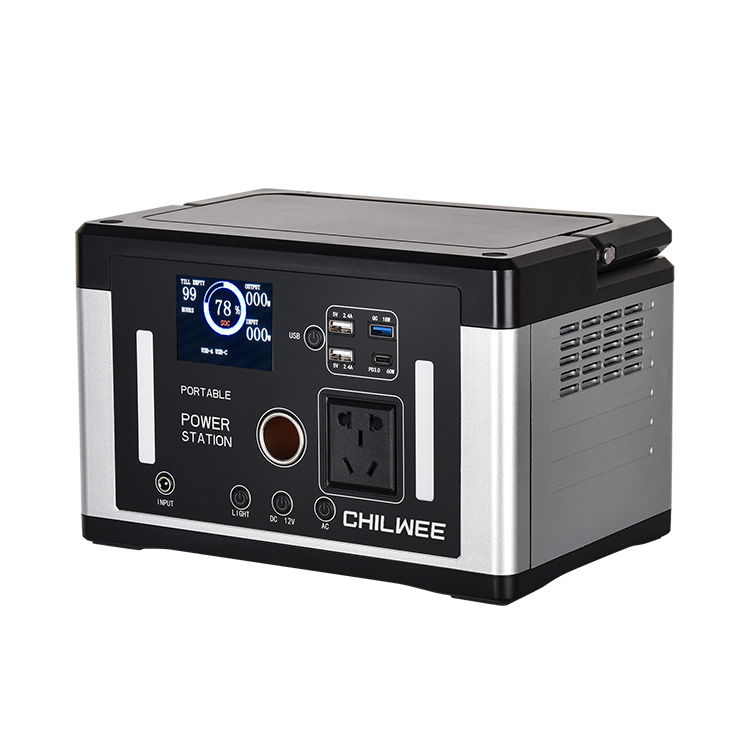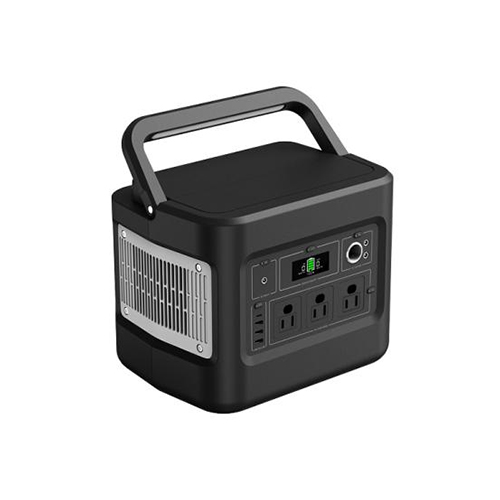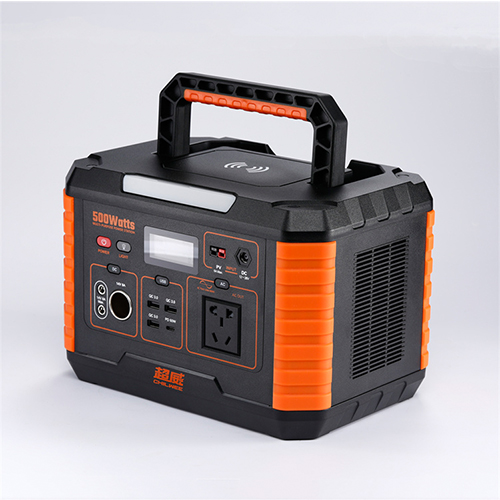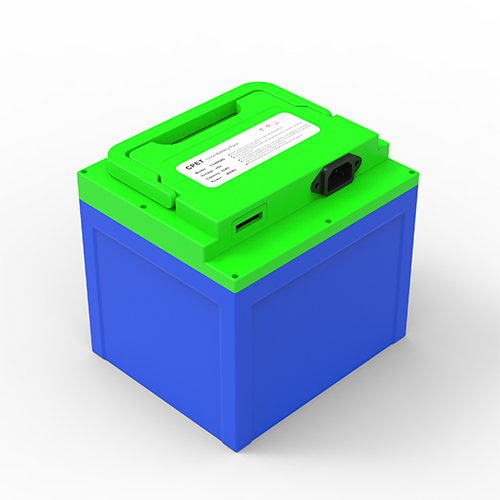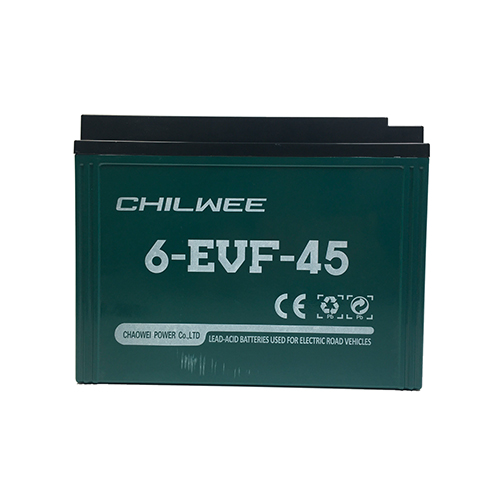Lead-acid battery, also known as lead battery, is mainly composed of sponge lead negative electrode, lead dioxide positive electrode, 33% ~ 37% sulfuric acid electrolyte, plus partition, terminal, exhaust plug, connecting strip and shell and other parts. The positive and negative electrodes produced by modern industry generally take lead-calcium alloy or lead-antimony alloy as the grid, and the active substances of the positive and negative plates are PbO2 and Pb, respectively.
Due to its low price and high stability, lead-acid battery has always been the main battery type used in two-wheeled electric vehicles in China, and the penetration rate of lead-acid battery has reached 90%. Compared with lithium batteries, lead-acid batteries have the advantages of low cost, strong battery life and reliability, but their weight is also their disadvantage. The specific comparison between lead-acid battery and lithium battery is as follows:
Lead-acid batteries can be divided into four categories according to their uses: power battery, energy storage battery, backup power battery and start-up battery. Start-up battery and power battery have the largest market size, accounting for more than 70% of lead acid batteries in total.
The upstream industry of lead-acid battery industry is the raw material of lead-acid battery, mainly sulfuric acid, plastic products, glass fiber and lead industry. The downstream industry is the application field of lead-acid battery, including transportation, communication, electric power, computer, scientific research and other fields. With the establishment and improvement of lead-acid battery recycling system, the lead-acid battery industry chain will form a benign "resource-product-renewable resources" closed-loop structure, and is expected to become a resource-saving recycling development industry.
 English
English  Esperanto
Esperanto  Català
Català  icelandic
icelandic  Kreyòl ayisyen
Kreyòl ayisyen  Shqiptar
Shqiptar  lugha ya Kiswahili
lugha ya Kiswahili  አማርኛ
አማርኛ  ជនជាតិខ្មែរ
ជនជាតិខ្មែរ  Монгол хэл
Монгол хэл  Somali
Somali  O'zbek
O'zbek  Español
Español  Português
Português  русский
русский  français
français  日本語
日本語  Deutsch
Deutsch  Tiếng Việt
Tiếng Việt  Italiano
Italiano  Nederlands
Nederlands  ไทย
ไทย  Polski
Polski  한국어
한국어  Svenska
Svenska  magyar
magyar  Malay
Malay  বাংলা
বাংলা  Dansk
Dansk  Suomi
Suomi  हिन्दी
हिन्दी  Pilipino
Pilipino  Türk
Türk  Gaeilge
Gaeilge  عربى
عربى  Indonesia
Indonesia  norsk
norsk  اردو
اردو  čeština
čeština  Ελληνικά
Ελληνικά  Українська
Українська  فارسی
فارسی  नेपाली
नेपाली  Burmese
Burmese  български
български  ລາວ
ລາວ  Latine
Latine  Қазақ
Қазақ  Lietuvos
Lietuvos  Română
Română 



